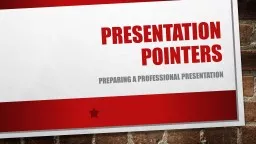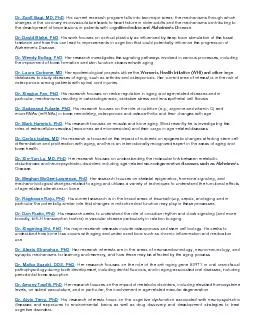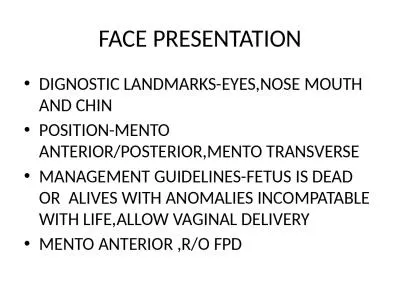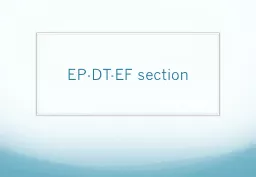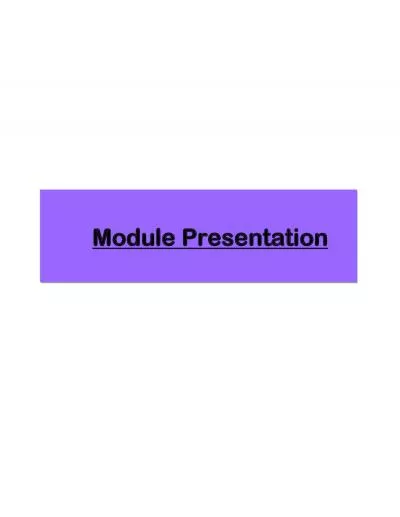PPT-This Presentation Focuses on section
Author : giovanna-bartolotta | Published Date : 2018-03-21
4 of the ISO 90012015 This ISO 2015 is a major revision and a departure from previous ISO versions Several of the new concepts are introduced in this presentation
Presentation Embed Code
Download Presentation
Download Presentation The PPT/PDF document "This Presentation Focuses on section" is the property of its rightful owner. Permission is granted to download and print the materials on this website for personal, non-commercial use only, and to display it on your personal computer provided you do not modify the materials and that you retain all copyright notices contained in the materials. By downloading content from our website, you accept the terms of this agreement.
This Presentation Focuses on section: Transcript
Download Rules Of Document
"This Presentation Focuses on section"The content belongs to its owner. You may download and print it for personal use, without modification, and keep all copyright notices. By downloading, you agree to these terms.
Related Documents

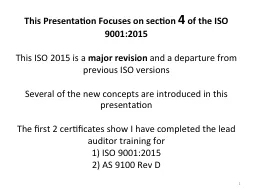
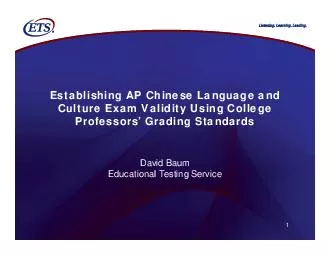
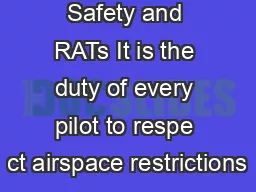
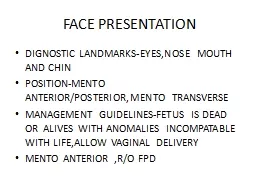
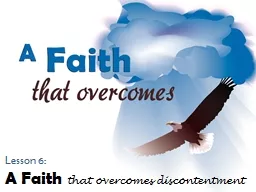
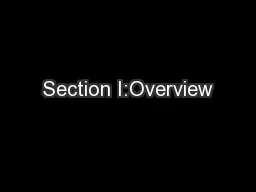
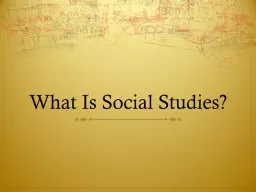
![[Insert Project Name] Project Baseline Review (PBR)](https://thumbs.docslides.com/683202/insert-project-name-project-baseline-review-pbr.jpg)
